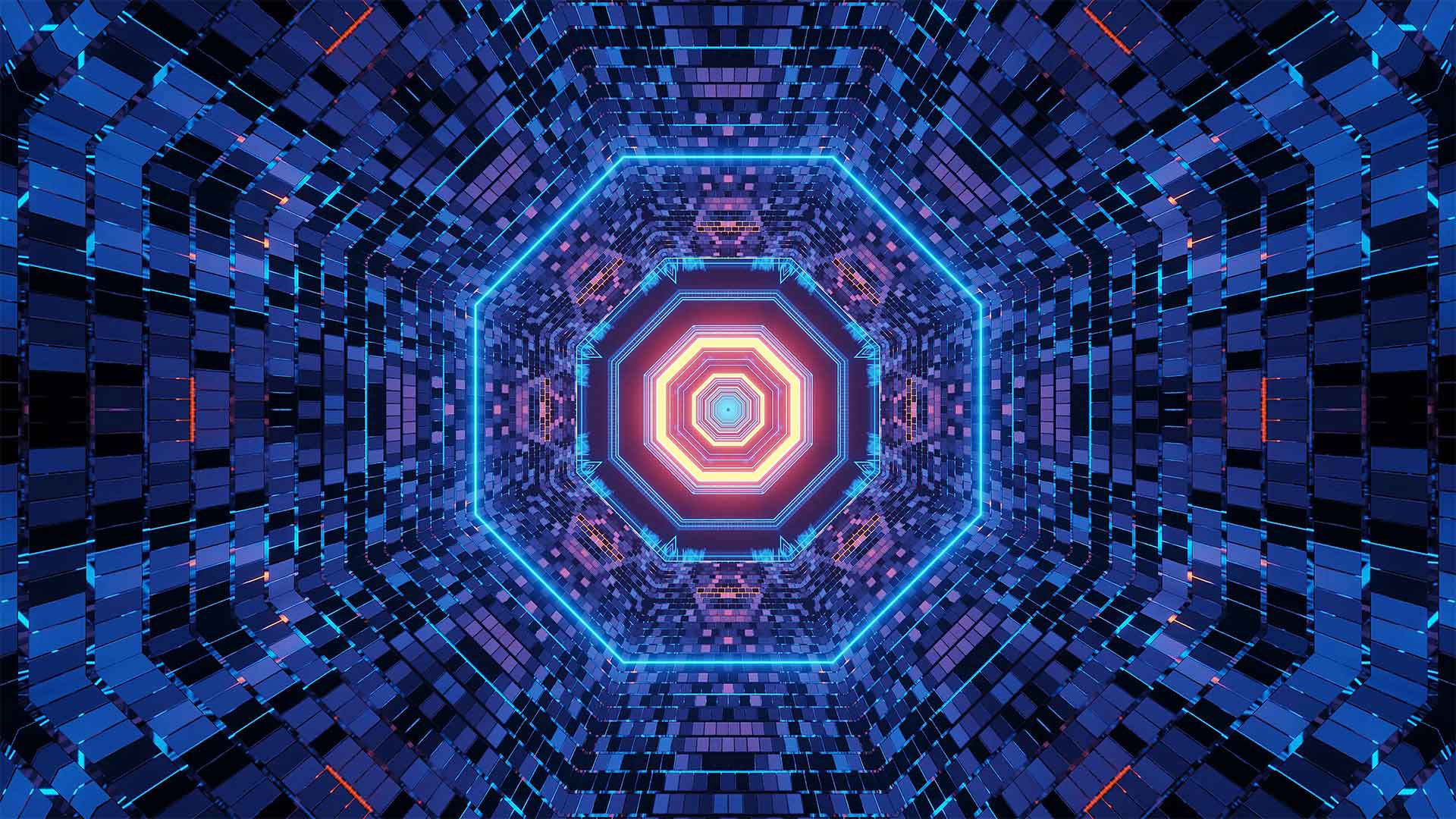Fusion Energy: Hydrogen Boron Fusion
Hydrogen-Boron 11 fusion – Hydrogen Boron Fusion – has always been the ultimate fusion reaction. It does not create radioactive waste and its fuels are both abundant in nature and non-radioactive. Few other researchers had studied this reaction as it was considered scientifically too difficult. The temperatures required to ignite the reaction are more than 100 times higher than that of the sun – a technical hurdle that has held back practical energy generation for decades.

The Road To Unlimited, Clean, And Safe Energy
The global energy crisis is real, ongoing and in fact, it’s getting worse. Its primary cause is our reliance on non-renewable sources, which in turn produce carbon emissions that have created climate change. But even renewables like nuclear, wind and solar have limitations in terms of the very large-scale and long-term energy storage they require. The solution is Fusion Energy: Hydrogen Boron Fusion.
Hydrogen Boron Fusion Energy aims to create a new source of clean, safe, and reliable energy using laser technology to fuse Hydrogen and Boron-11. Hydrogen is the most abundant element in the universe, while Boron-11 comprises some 80% of all Boron found in nature, is readily available, and is a stable, non-radioactive isotope.
Unlike other nuclear and fossil-fuel burning plants, our energy-generating process does not require large plants with steam turbines and does not generate any dangerous radioactive waste. There’s no risk of a reactor meltdown and the energy generated can be directed straight to the grid.
Hydrogen Boron Fusion is the future of clean energy. We’re creating the possibility of a world powered by clean, safe, and unlimited electricity, generated by small reactors that use abundant fuels and do not create any harmful waste. https://hb11.energy/
The Process Of HB11 Fusion
The design of a solution for creating fusion is “a largely empty metal sphere, where a modestly sized Hydrogen Boron Fusion fuel pellet is held in the center, with apertures on different sides for the two lasers. One laser establishes the magnetic containment field for the plasma and the second laser triggers the ‘avalanche’ fusion chain reaction. The alpha particles generated by the reaction would create an electrical flow that can be channeled almost directly into an existing power grid with no need for a heat exchanger or steam turbine generator.”
Hydrogen Boron Fusion Energy’s Managing Director Dr. Warren McKenzie comments: “A lot of fusion experiments are using the lasers to heat things to crazy temperatures – we’re not. We’re using the laser to massively accelerate the hydrogen through the boron sample using non-linear force. You could say we’re using the hydrogen as a dart, and hoping to hit boron, and if we hit one, we can start a fusion reaction. That’s the essence of it. If you’ve got a scientific appreciation of temperature, it’s essentially the speed of atoms moving around. Creating fusion using temperature is essentially randomly moving atoms around, and hoping they’ll hit one another, our approach is much more precise.”
“The hydrogen/boron fusion creates a couple of helium atoms,” he continues. “They’re naked heliums, they don’t have electrons, so they have a positive charge. We just have to collect that charge. Essentially, the lack of electrons is a product of the reaction and it directly creates the current.”
The lasers themselves rely upon cutting-edge “Chirped Pulse Amplification” technology, the development of which won its inventors the 2018 Nobel prize in Physics. Much smaller and simpler than any of the high-temperature fusion generators, HB11 says its generators would be compact, clean, and safe enough to build in urban environments. There’s no nuclear waste involved, no superheated steam, and no chance of a meltdown.
Source: https://newatlas.com/energy/hb11-hydrogen-boron-fusion-clean-energy/
Oter Research: A Laser-Driven Technique To Form New Energy
In other research, an Australian physicist has a patented design and is working with international collaborators on the remaining scientific challenges. In a paper in the scientific journal Laser and Particle Beams today, lead author Heinrich Hora from the University of New South Wales in Sydney and international colleagues argue that the path to hydrogen-boron fusion is now viable, and may be closer to realization than other approaches, such as the deuterium-tritium fusion approach being pursued by U.S. National Ignition Facility (NIF) and the International Thermonuclear Experimental Reactor under construction in France.
The Future
Hydrogen-boron fusion produces no neutrons and, therefore, no radioactivity in its primary reaction. And unlike most other sources of power production — like coal, gas, and nuclear, which rely on heating liquids like water to drive turbines — the energy generated by hydrogen-boron fusion converts directly into electricity. But the downside has always been that this needs much higher temperatures and densities — almost 3 billion degrees Celsius, or 200 times hotter than the core of the Sun.
However, dramatic advances in laser technology are close to making the two-laser approach feasible, and a spate of recent experiments around the world indicate that an ‘avalanche’ fusion reaction could be triggered in the trillionth-of-a-second blast from a petawatt-scale laser pulse, whose fleeting bursts pack a quadrillion watts of power. If scientists could exploit this avalanche, Hora said, a breakthrough in proton-boron fusion was imminent.





